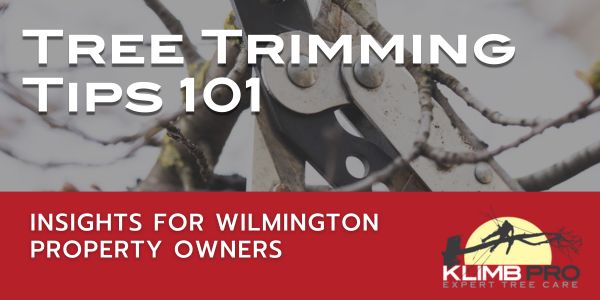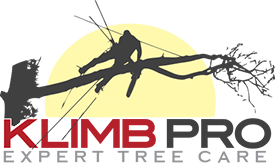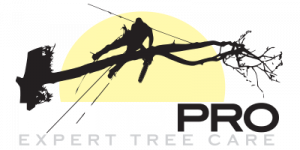
As the lush greenery and trees of Wilmington add charm to our landscapes, it’s essential to understand the art and science behind proper tree care. Whether you’re a seasoned gardener or a newbie, these tree-trimming basics will help maintain the health and beauty of your outdoor spaces.
Understanding Wilmington’s Trees:
Before delving into the trimming techniques, let’s familiarize ourselves with the prominent tree species in Wilmington. The city boasts a diverse array of trees, including Southern Magnolia, Live Oak, Dogwood, Crepe Myrtle, and Eastern Red Cedar, among others. Each species comes with its unique characteristics, growth patterns, and requirements for maintenance. It’s best to identify the trees in your yard and then research their requirements for proper maintenance before taking a saw to them. If unsure, it would be best to contact a tree care expert such as us at Klimb Pro.
5 Tips for Tree Trimming:
- Safety First:
Safety should always be a priority when trimming trees. Use sturdy ladders and wear protective gear, including gloves, goggles, and a helmet if working at heights. If the task seems too daunting or risky, don’t hesitate to call in professionals for assistance. - Know When to Trim:
Timing is crucial when it comes to tree trimming. While routine pruning can be done throughout the year, it’s generally best to avoid major trimming during the active growth periods in spring and summer. Winter, when trees are dormant, is often the ideal time for substantial pruning. - Identify Branches for Removal:
Assess your tree’s health and growth pattern to determine which branches need trimming. Look for dead, diseased, or crossing branches that could impede the tree’s growth or pose a safety hazard. - Use the Right Tools:
Equip yourself with the proper tools for the job, including sharp pruning shears, loppers, and a pruning saw for larger branches. Clean and sharpen your tools regularly to ensure clean cuts and prevent the spread of diseases. - Follow Proper Trimming Techniques:
- Start by removing any dead or damaged branches.
- Cut outside the branch collar, leaving a slight angle to promote healing.
- Avoid leaving stubs, as they can attract pests and disease.
- Use a three-cut method for larger branches to prevent bark tearing.
Choosing Professionals Verses DIY:
While getting your hands dirty with some DIY tree trimming can be rewarding, sometimes it’s better to leave it to the pros. Think about it: you’ve got these towering trees in your yard, maybe some of them are reaching for the sky or tangled up in power lines. That’s where we at Klimb Pro come in. We have the gear, the skills, and the know-how to handle jobs safely and efficiently.
Plus, as seasoned professionals, we aren’t just about trimming branches. Think of us as tree detectives, spotting issues that regular folks might miss. We’re detailed and can see the smallest signs of pests, diseases, or weak spots in your tree’s structure and nip them in the bud before they become bigger problems.
By taking care of the landscape and conducting season tree trimming, Wilmington residents can nurture healthy and vibrant landscapes that enhance the beauty of our city. If you do tackle a small backyard tree, be sure to follow our tips above. Or if the task is of a larger scale, such as a majestic oak, remember to reach out to us at Klimb Pro for expert assistance in maintaining your personal oasis. Happy trimming!

